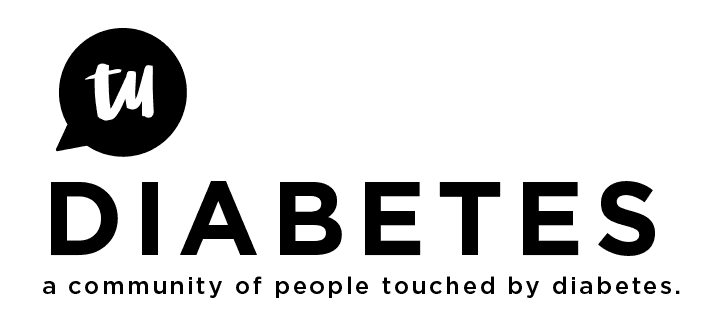Added a new post to Discuss Diabetes along with an infographic detailing the findings of the "F as in Fat: How obesity threatens America’s future” report by Trust for American’s Health. Check it out and let me know your thoughts!
See the post and infographic on Discuss Diabetes here
Best, Laura K.
While there is certainly a link between diabetes and obesity, the link is much more complicated than it’s made out to be in the media. Unfortunately, this piece just repeats the same old tired, hackneyed stereotypes. The type of stereotypes that make 99.9% of the public think that diabetics caused their own condition by being obese couch potatoes. It is a real pity, because the stats are interesting and this could have been a chance to unpick them carefully and critically, and in the process, challenge the widespread myths and misconceptions about diabetes.
First of all, the article doesn’t make clear that it is only talking about Type 2 diabetes. I am very surprised at this important omission from someone use username is ‘sanofiaventis’! You shouldn’t need me to remind you that Type 1 has absolutely no connection with weight. Yes, Type 2s are still the majority of diabetics, but there are those in the DOC who argue that Type 1s actually make up 15-25% of diabetics. That’s a sizable minority and statistically significant.Read more here
The report also doesn’t make clear how complicated the link between obesity and Type 2 is. Yes, so 80% of Type 2s are overweight, but what about the 20% of Type 2s who are of normal weight? And if obesity really caused Type 2, how come the majority of obese people will NEVER get diabetes? The report cites the doubling of diabetes rates in Louisiana and notes that the state’s obesity rate went from 12.3% to 31.6% in the same time period. Well, in that case diabetes rates should have more than doubled to match the rise in obesity. It would have been interesting to know at the same time, what was the rise in carbohydrate consumption over the same period. Nationwide, there was been a decrease in fat consumption and an increase in carbohydrate consumption over the past 30 years. The rise in carb consumption more or less parallels the rise in diabetes as well.
It’s easy to point the finger at obesity but there are many important risk factors for Type 2 which cannot be changed or prevented, like genetics, age and ethnic origin. I read a report recently which contained the very interesting statistic that half of Type 2 diabetics in India, Malaysia and Singapore are normal weight. (All three are countries with high incidence of Type 2, plus India is the Type 2 capital of the world.) Hypothetically then, if thousands of people from these countries emigrated to one US state, that state would suddenly see a rise in diabetes incidence, even though the obesity rate would fall.
Unpacking further, what to make of the so-called “diabetes belt” in the south? The report says ‘they feature a high number of people who are obese and lead sedentary lives’. Hmm. Wait a second. Don’t they also feature lots of people of black/African origin, who have a stronger genetic predisposition for Type 2 diabetes?
I got out a chart showing ‘Percent of the Total Population Who are Black or African American Alone’. Here’s the list of states. The number in brackets is the rate of diabetes as shown in the report linked to by Laura.
- DC (20)
- Mississippi (3)
- Louisiana (4)
- South Carolina (8)
- Georgia (12)
- Maryland (19)
- Alabama (1)
- North Carolina (13)
- Delaware (25)
- Virginia (29)
- Tennessee (5)
- New York (23)
- Arkansas (11)
- Florida (10)
- Ohio (9)
- Texas (13)
Alaska and Colorado were identified as having the lowest incidence of diabetes. They were number 35 and 33 on the demographic list.
So virtually all the states with high incidence of diabetes also have a high percentage of black people. The exceptions were the following : Oklahoma (6th for diabetes, 24th for black population), Kentucky (6th and 26th respectively), and, most interestingly, West Vir
